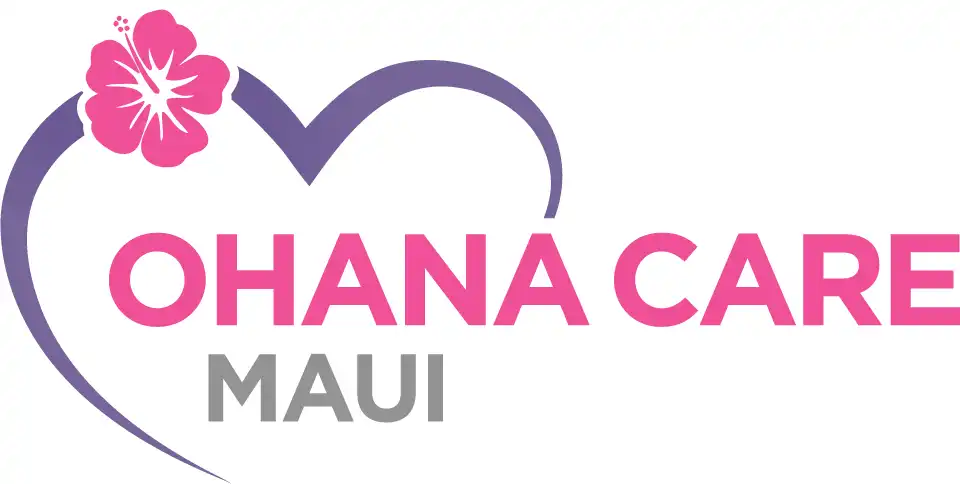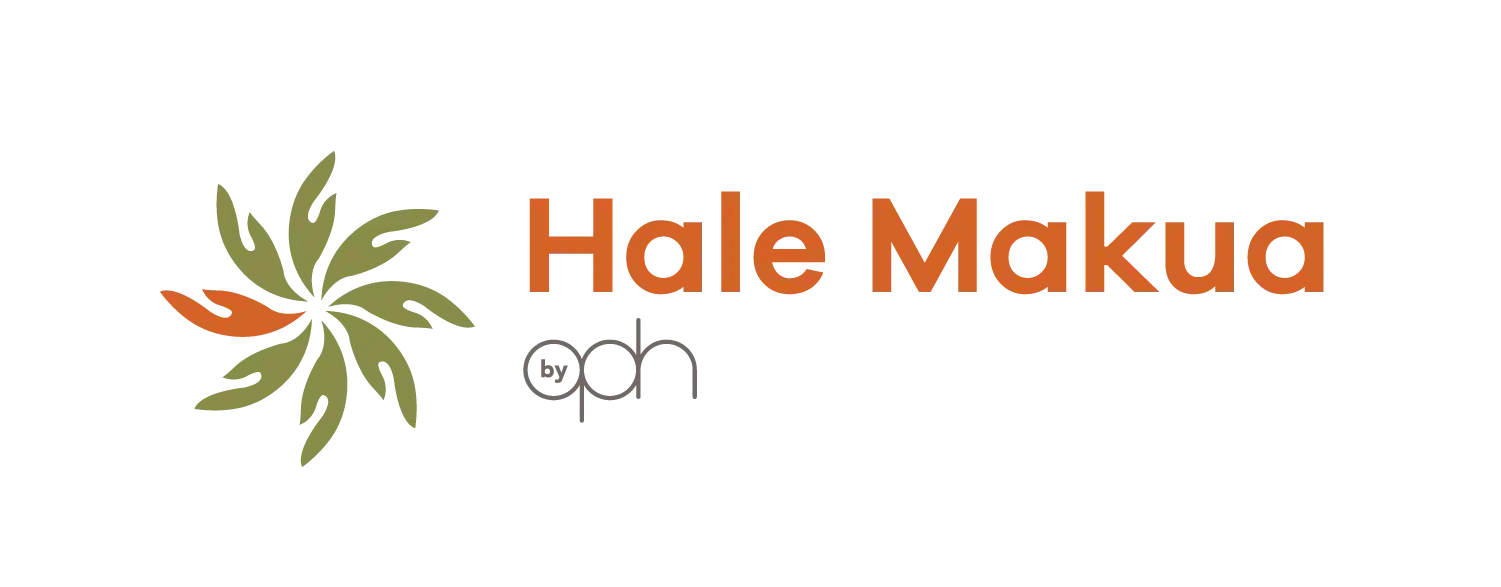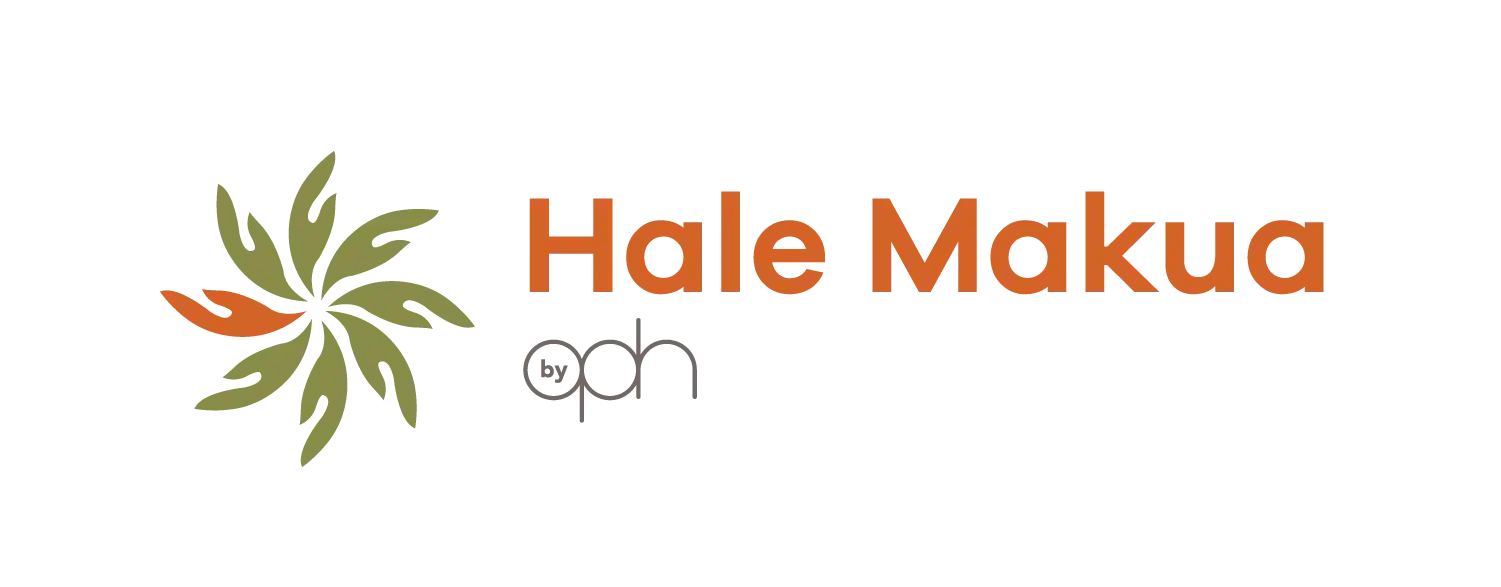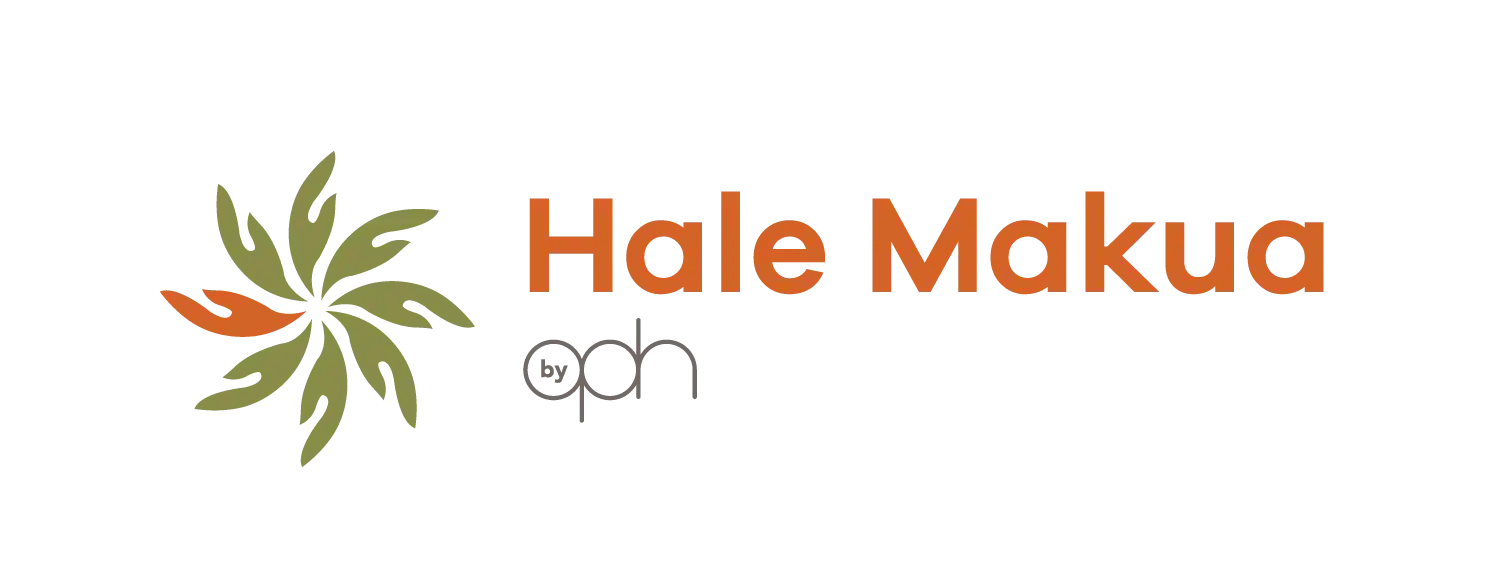Humpbacks Abundance Trends Documented During Second Coordinated Whale Count of 2021

Seventy-two trained site leaders gathered data from shorelines across the state during the second of three coordinated whale counts taking place this year.
The Pacific Whale Foundation’s Great Whale Count on Maui and the Hawaiian Islands Humpback Whale National Marine Sanctuary Ocean Count on O‘ahu, Kaua‘i and Hawai‘i island are conducting the surveys to obtain a snapshot of trends in relative abundance of whales.
This is the third year that both counts are coordinated on the same days, ensuring the data from all the main Hawaiian Islands are collected simultaneously.
Site leaders collected data from 42 sites across all the main Hawaiian Islands on Feb. 27.
On Maui, Great Whale Count site leaders collected data from 12 sites during 15-minute intervals between 8:30 and 11:50 a.m. A total of 34 whale sightings were seen during the 8:30 to 8:45 a.m. time period, the most of any time period throughout the day’s count.
On the islands of Hawai‘i, O‘ahu, and Kaua‘i, Ocean Count site leaders collected data from 30 sites during 15-minute intervals between 8 a.m. and 12:15 p.m. A total of 83 whale sightings were seen during the 9 to 9:15 a.m. time period, the most of any time period throughout the day’s count.
Across the main Hawaiian Islands, weather conditions were not ideal whale viewing conditions with strong winds and high surf present at the majority of sites. Many sites also experienced rainy conditions periodically throughout the count. A few sites were heavily impacted by the rain and had to either cancel or end the count early.
A variety of other species were also spotted during the count including honu (green sea turtles), spinner dolphins and multiple seabird species including Albatross, shearwaters and frigate birds.
Due to COVID-19 safety precautions, the sanctuary and Pacific Whale Foundation are running modified programs without the normal participation of volunteers. Instead, each site is monitored by trained site leaders working individually or as a couple.

Ocean users are reminded to follow whale watching guidelines:
An “abundance of mother/calf pairs” have been observed in and around Hawaiian Islands Humpback Whale National Marine Sanctuary, prompting a reminder to ocean users to proceed with caution.
Boaters are reminded to post a lookout at all times throughout the year, not just when whales are visiting our waters. An extra set of eyes scanning the waters ahead and to the side of a boat can prevent collisions with marine life, obstructions, divers and other vessels. Slower speeds may also reduce the risk of collisions with the animals.
Humpback whales are protected in Hawai‘i. Federal regulations prohibit approaching within 100 yards of whales when on the water, and 1,000 feet when operating an aircraft. These and other regulations apply to all ocean users, including vessel operators, kayakers, paddle boarders, windsurfers, swimmers and divers throughout the Hawaiian Islands.
If you come across an injured or entangled marine mammal, please maintain the required safe distance and call the NOAA Marine Mammal Hotline at 1-888-256-9840 immediately, or the U.S. Coast Guard on VHF channel 16. If reporting a suspected approach zone violation, please call the NOAA Fisheries Enforcement Hotline at 1-800-853-1964. Additional guidelines and safety tips can be found at http://hawaiihumpbackwhale.noaa.gov.
About the Ocean and Whale Counts:
Ocean Count promotes public awareness about humpback whales, Hawaiian Islands Humpback Whale National Marine Sanctuary, and shore-based whale watching opportunities. Site leaders tally humpback whale sightings during the survey, which provides a snapshot of humpback whales activity from the shorelines of O‘ahu, Kaua‘i and Hawai‘i islands.
The Great Whale Count by Pacific Whale Foundation had site leaders count whales from shore as part of a long-term survey of humpback whales in Hawai’i, with 12 survey sites along the shoreline of Maui. This event provides a snapshot of trends in relative abundance of whales and is one of the world’s longest-running community science projects.
Both counts will take place three times during peak whale season annually on the last Saturdays in January, February, and March.
Preliminary data detailing Sanctuary Ocean Count whale sightings by site location are available here.
Pacific Whale Foundation’s Great Whale Count data can be found here.








